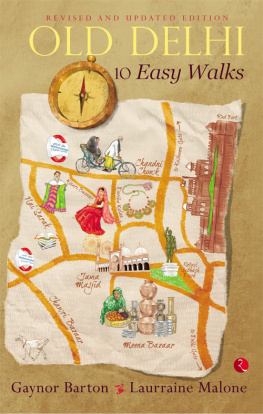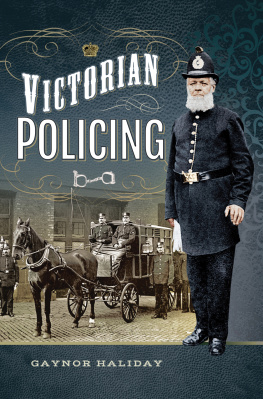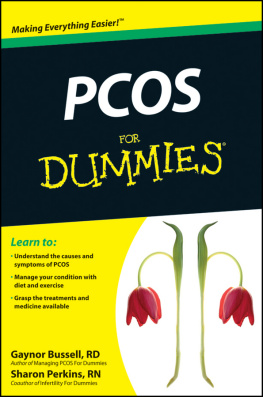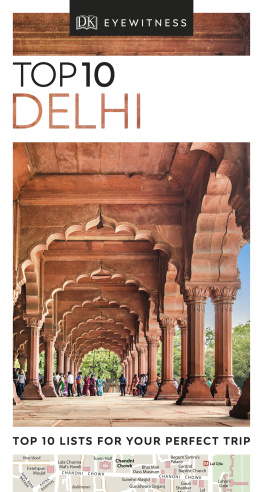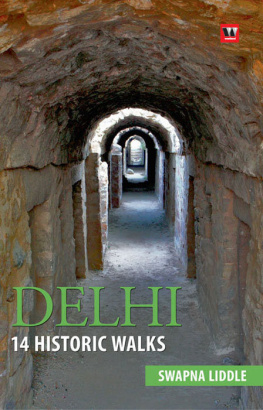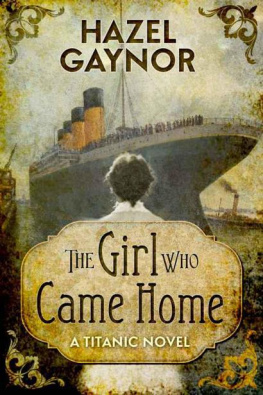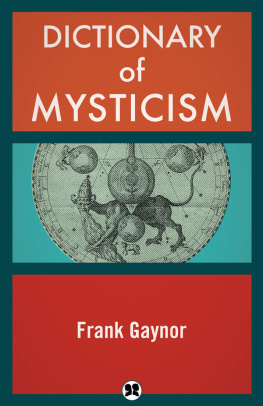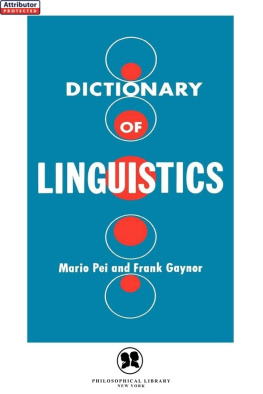Gaynor Barton - Old Delhi: 10 Easy Walks
Here you can read online Gaynor Barton - Old Delhi: 10 Easy Walks full text of the book (entire story) in english for free. Download pdf and epub, get meaning, cover and reviews about this ebook. year: 2014, publisher: Rupa Publications, genre: Detective and thriller. Description of the work, (preface) as well as reviews are available. Best literature library LitArk.com created for fans of good reading and offers a wide selection of genres:
Romance novel
Science fiction
Adventure
Detective
Science
History
Home and family
Prose
Art
Politics
Computer
Non-fiction
Religion
Business
Children
Humor
Choose a favorite category and find really read worthwhile books. Enjoy immersion in the world of imagination, feel the emotions of the characters or learn something new for yourself, make an fascinating discovery.
- Book:Old Delhi: 10 Easy Walks
- Author:
- Publisher:Rupa Publications
- Genre:
- Year:2014
- Rating:4 / 5
- Favourites:Add to favourites
- Your mark:
- 80
- 1
- 2
- 3
- 4
- 5
Old Delhi: 10 Easy Walks: summary, description and annotation
We offer to read an annotation, description, summary or preface (depends on what the author of the book "Old Delhi: 10 Easy Walks" wrote himself). If you haven't found the necessary information about the book — write in the comments, we will try to find it.
Old Delhi: 10 Easy Walks — read online for free the complete book (whole text) full work
Below is the text of the book, divided by pages. System saving the place of the last page read, allows you to conveniently read the book "Old Delhi: 10 Easy Walks" online for free, without having to search again every time where you left off. Put a bookmark, and you can go to the page where you finished reading at any time.
Font size:
Interval:
Bookmark:
OLD DELHI
Easy Walks

Gaynor Barton was born in Lancashire, England, and came to India in 1984 with her husband, a British Council officer, and their two children. An English teacher who has taught in Iran, Egypt and Brazil, Gaynors interest in writing walks began in Worcester where she developed her first. She then went on to write more, related to the industrial archaeology of Scotland. During her husbands posting to Brazil she wrote a second guidebook, this time featuring the Portuguese colonial city of Olinda in Pernambuco. She now lives with her husband in Leicestershire and edits a local magazine.
Laurraine Malone was born in Sussex, England and came to India in 1982 where she spent five and a half years with her husband and their two children. As a secretary with the British Foreign Service, Laurraine worked in Botswana, Colombia, the former Soviet Union and Bahrain. Since leaving India she spent many years living in Dubai. An avid enthusiast of walking and exploring new places, she has also been developing her love for yogathe latter influenced by her sojourn in India. Laurraine now lives with her husband in the UK.

Published by
Rupa Publications India Pvt. Ltd 1988, 2005, 2014
7/16, Ansari Road, Daryaganj
New Delhi 110002
Sales centres:
Allahabad Bengaluru Chennai
Hyderabad Jaipur Kathmandu
Kolkata Mumbai
Copyright Gaynor Barton and Laurraine Malone 1988, 2005, 2014
Photographs by Gaynor Barton
Line Drawings by Gasparian
Maps by Uma Bhattacharya
Photographs on pages 17, 34, 150, 153 and 158 courtesy the British Library
The views and opinions expressed in this book are the authors own and the facts are as reported by him/her which have been verified to the extent possible, and the publishers are not in any way liable for the same.
All rights reserved.
No part of this publication may be reproduced, transmitted, or stored in a retrieval system, in any form or by any means, electronic, mechanical, photocopying, recording or otherwise, without the prior permission of the publisher.
First impression 2014
10 9 8 7 6 5 4 3 2 1
The moral right of the authors has been asserted.
Printed at Gopsons Papers Ltd, Noida
This book is sold subject to the condition that it shall not, by way of trade or otherwise, be lent, resold, hired out, or otherwise circulated, without the publishers prior consent, in any form of binding or cover other than that in which it is published.
For Alistair and Amber
Ben and Sam
Contents
Introduction to the Third Edition
In the mid 1980s Laurraine and I were friends, living in Delhi with our husbands and children and asked to do something for the British High Commissions Chrysanthemum Showa flower show and charity bazaar that was an important social event at the time. We wrote one walk; it was well-received and we were asked to write more.
We always enjoyed our visits to Old Delhi as the old walled city was so fascinating. In those days, as well as retail shops there were far more small workshops. Wandering the streets, you entered a past world as you could see books being printed on ancient presses, youngsters folding paper into envelopes, men making tiny components for the jewellery trade, others dyeing cloth or hammering designs into brass dishes. But many of these activities involved forges and were polluting, so the workshops were moved out. Good move, we thought. Cleaner air!
The Metro dominated the 2005 editions update which took place in 2002. Kashmere Gate, Chawri Bazaar and Chandni Chowk Metro stations were all being built, creating tremendous upheaval on the roads and huge inconvenience to people living around the construction sites. But now theyre up and running and Old Delhis shopkeepers are thriving because of them. It was worth it!
But whats changed? The height of buildings has gone up! They used to be mostly two or three storeys, but now many are five storeys, and all the mosques and temples are expanding upwardsand outwards too if they possibly can. Theres clearly more wealth around, as in the 80s poor children would latch onto any foreigner and pester them continually until they were given money. Now children do this far less. The inhabitants seem plumper and healthier than they were; the porters at Old Delhi Railway Station used to look very thin. Now most of them are strapping young men. Scooters have been replaced by motorbikes and, in fashion, saris by the salwar kameez. That was a surprise!
Of course, theres a downside. The higher buildings mean greater density of population, as well as the fact that all kinds of trafficexcept tongas (horse-drawn carts)have increased tremendously. The streets are infinitely more crowded too because of the millions brought in to shop by the Metro everyday; its almost impossible to read a guidebook as you walk along now unless you get to Old Delhi early in the morning.
But in spite of the downsides, Old Delhi remains the most intriguing of places to explore. Theres so much here that you can never be bored. For the more adventurous tourist or New Delhi resident, walking along at your own pace, with a guide book in hand, is still the best way of getting to know somewhere really well.
Useful Information
The Delhi Metro
At present there are three Metro stations in Old Delhiall on the Yellow Line. They are Chawri Bazaar, Chandni Chowk and Kashmere Gate. However, in Phase Three of the Metro construction programme three more stations will be built. This line will link Mandi House with Kashmere Gate, while new Metro stations will be constructed at Delhi Gate, the Jama Masjid and the Red Fort. Work has already started and should be finished by 2016.
These new stations will help visitors reach Old Delhi much more comfortably than they do at present. The traffic jams on Netaji Subhash Marg everyday at peak times are horrendous, and being stuck in one, breathing in the fumes from hundreds of motorbikes and Autorickshaws, is most unpleasant. Try to avoid travelling to Old Delhi at peak travelling timesmornings between 8.30 a.m. and 11 a.m. and evenings between 5 p.m. and 7.30 p.m.
To use the Metro you can either buy a one trip token bought from the ticket desk or get a travel card, like a London Oyster Card, which you have to pay for initially but can use repeatedly and top up. With tokens you slide the token into a slot as you exit at your destination.

Delhi Metro Map
Buses
You can reach the Red Fort in Old Delhi very cheaply by bus. Amongst others, a number 246 will take you there. The bus stops at Shivaji Park, Zakir Husain College, Delhi Gate, Jama Masjid, Red Fort and Kashmere Gate before going on much further to terminate in Dilshad Garden. Its an orange-coloured Delhi transit bus. The best place to board to ensure you get a seat, is at the bus terminus itself, Shivaji Stadiumjust off Baba Kharak Singh Marg. The bus station is easy to find as it is on the right just before you reach the State Emporiums, assuming you are walking away from Connaught Place.
Autorickshaws
Autorickshaw men never use their meters. They can give you a dozen excuses as to why they dont work although the main reason is, of course, because the fare shown is too little for their liking. It is essential to establish the price before entering and not to give in to any unfair price hiking at the end of the trip. Although the practice doesnt seem to be widespread, some of the Connaught Place Autorickshaw men are guilty of doing this.
Next pageFont size:
Interval:
Bookmark:
Similar books «Old Delhi: 10 Easy Walks»
Look at similar books to Old Delhi: 10 Easy Walks. We have selected literature similar in name and meaning in the hope of providing readers with more options to find new, interesting, not yet read works.
Discussion, reviews of the book Old Delhi: 10 Easy Walks and just readers' own opinions. Leave your comments, write what you think about the work, its meaning or the main characters. Specify what exactly you liked and what you didn't like, and why you think so.

